Previous slide
Next slide
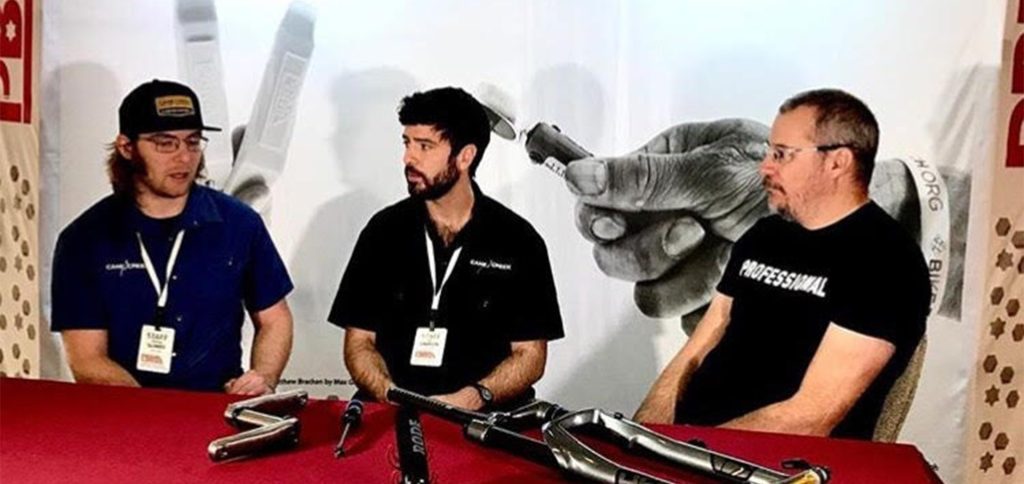
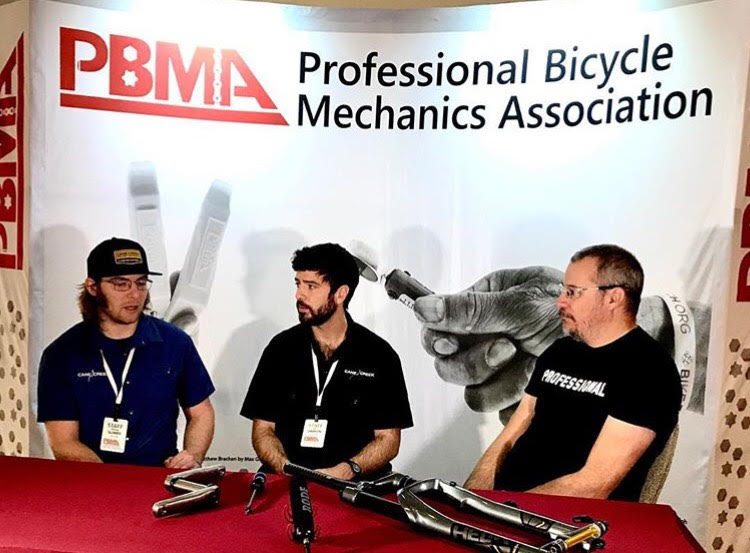
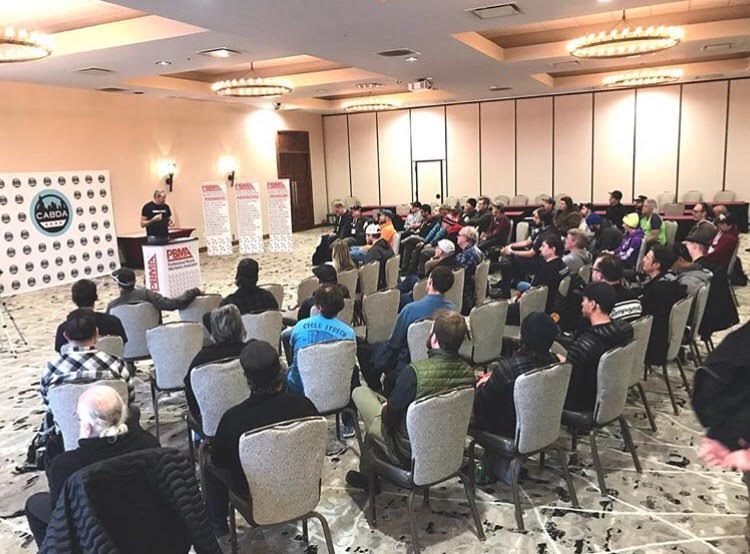
The Professional Bicycle Mechanics Association, led by president James Stanfill, exists to promote, develop, and facilitate the education of professional bicycle mechanics. Throughout the year, PBMA hosts several Technical Workshops in key locations to provide mechanic professionals with 27 hours of continuing education sessions in addition to opportunities for professional development and networking. Major industry brands from every segment of the cycling industry are invited to attend to showcase and educate professionals on proprietary products, tools, and technologies. Cane Creek’s Alex Dawson (Technical Sales Engineer) and Andrew Slowey (Manager of Rider Engagement) hit the road to educate attendees at the Atlanta workshop on January 7th-10th, 2019.
Alex and Andrew not only work around Cane Creek products every day, but they’re also riders (real riders). This gives them a unique and intimate knowledge of the products that they were able to impart upon attendees in each of six classes over the 3-day workshop. Andrew recalls, “The participating mechanics were grouped into teams of 6-8 and given a scheduled that consisted of 3 full days of educational classes. Each presenting company in attendance was able to tailor their class approach to most effectively use the time allotted.”
Considering that Cane Creek Cycling Components offers a wide array of products ranging from ultra lightweight headsets, brakes and seatposts to Enduro World Series-ready front and rear suspension and nearly indestructible titanium cranks, Alex and Andrew agreed that preparing to cover a wide range of information, field a cornucopia of questions, and build excitement around proprietary tech was key to a successful course itinerary. They dialed in focus on basic proprietary technologies and product features, but also shared their favorite “tips and tricks” to engage both experienced, tech-savvy mechanics as well as mechanics less familiar with Cane Creek’s products. In addition, Alex and Andrew were able to share the passion all Cane Creek employees have for creating great products.
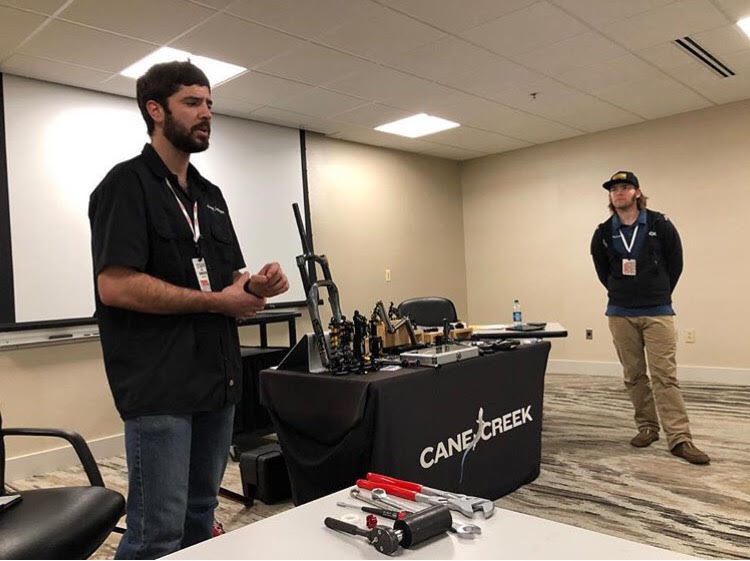
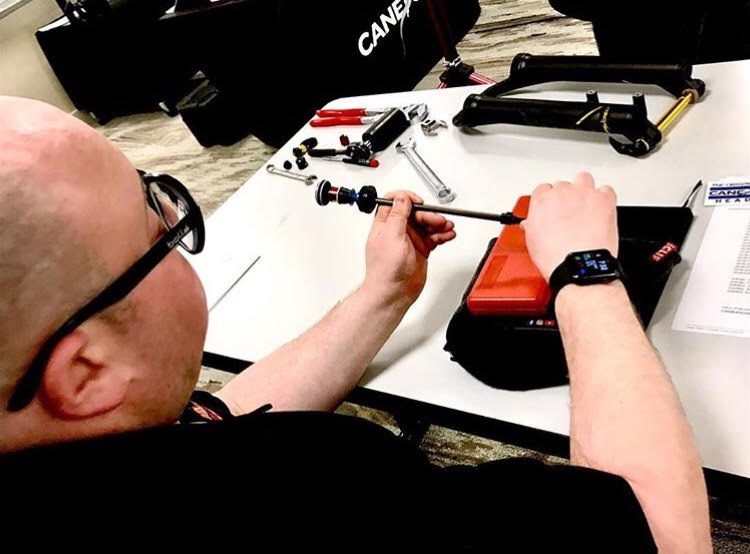
Alex and Andrew share a few of their favorite tech tips below, but we encourage to you seek the help of your local Cane Creek dealer for bike/product fitment or adjustment questions and a Cane Creek Certified Service Center or our Factory Direct Service Center for all fork and shock service.
Alex:
Andrew:
Cane Creek enjoyed and is grateful for the time spent with the mechanics who attended the Professional Bicycle Mechanic Association Technical Workshop in Atlanta. Alex and Andrew hope that class discussions helped all attendees to become even more confident while identifying, installing, servicing, and using Cane Creek products.
Cane Creek from PBMA on Vimeo.
For more info on the PBMA check out, visit https://www.probma.org
Photos provided by PBMA/Jesse Capsten.
To find out more about Andrew, Alex and the rest fo the Cane Creek family, visit Our Team.
Frothing for more? Tune in to our Instagram, Facebook, and YouTube channel to learn more about Cane Creek products, tech tips, and the people behind the components.
Monday: 10:00 am – 5:00 pm
Tuesday – Thursday: 10:00 am – 5:00 pm
Friday: 10:00 am – 5:00 pm
Saturday – Sunday: Closed